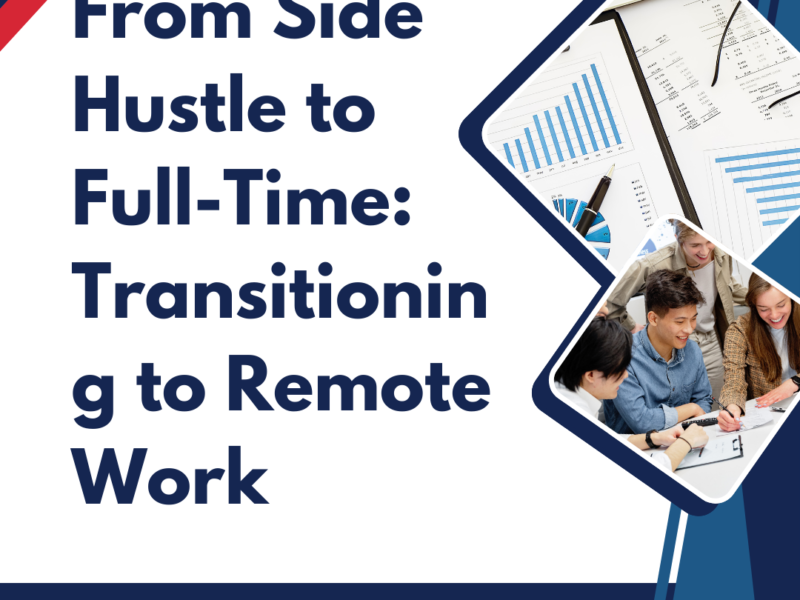How to Build Financial Freedom in Your 20s and 30s:
Constructing financial independence is a prime goal that most people fix their sights on during their lifetimes, chiefly between the threshold ages of 20 and 30. Often, these years of life are characterized by the most pivotal transitions, such as graduation, first-time entry into the corporate world, love interests, and maybe, the building of a family. Thus, decisions about money made during this phase can really affect the overall financial status even until later years or onwards. How to Build Financial Freedom in Your 20s and 30s: A Guide to Achieving Long-Term Wealth. Financial literacy brings enlightenment on money management, setting goals, and learning different ways to earn, so as to freely afford wealth that can last throughout life.
Time, discipline, patience, and proper planning translate into steps building up to that ultimate reality called financial freedom. These are some basic steps to achieving financial freedom in your twenties and thirties: Understand what it means to be financially independent, build good money habits, save and invest, and take action to developing multiple income streams.
What is Financial Freedom?
Before delving into the concepts of financial freedom, it is time to realize what it means. Financial freedom indeed implies having enough wealth to pay for all costs incurred at some time in life without having to depend on receiving monthly paychecks or being burdened by annoying debts: “being financial free means being able to lead life according to one’s will without any hitches. How to Build Financial Freedom in Your 20s and 30s: A Guide to Achieving Long-Term Wealth. It liberates one from the obsessive concern with bills, loan repayment, and financial uncertainty. Instead, it offers the opportunity to pursue any passion-early retirement, spending more time with one’s family, traveling, or engaging in hobbies. This is achieved through proper management of income, expenses, and investments to create wealth and assets that give rise to passive income.
Step 1: Build a Strong Foundation with Budgeting
A thorough and complete budget is the base for all financial liberty. Only after all this can one budget, make savings, invest, and plan for the future. Budgeting will enable prioritization of spending and will completely eliminate overspending and deliberate financial decisions.
Track Your Expenses
First, keep track of all your income and expenses for one month. Over the course of one or possibly two months, keep detailed records of where your money goes. Now you know what part of your life you have been spending most money on, and you should have a good, complete picture of your financial behavior.
Budget Every Month
Now that you have an understanding of your expenses, come up with your monthly budget. Use the following rule of thumb as a guideline: 50% of income should be budgeted for needs- housing, utilities, food transportation; 30%- for wants-entertainment, dining out, travel; 20%-for savings or investments. Adapt this allocation to suit your personal financial circumstances.
The goal is to ensure essential costs are covered and at the same time allow space for savings and investments.
Regularly Monitor and Adjust Your Budget
After all, making a promise towards financial independence just involves discipline. If it turns out that you are spending too much in a certain area where you do not want it to, then you should cut back in that area. This becomes more intuitive with time.
Step Two: Set Up an Emergency Fund
An emergency fund is like a safety net that assists you in making those surprise expenses: medical costs, car repair expenses, and the like, bearable collisions, without putting you off the track of your finances. This way you will not use credit cards or loans during emergencies.
How much should you save?
The general golden rule is three to six months’ worth of living expenses kept aside. Hypothetically, if $2,500 is to cover your basic needs per month, your emergency fund would average between $7,500 and $15,000. Start off small and plan some time to build up your savings for emergencies.
Do you Have An Emergency Fund, Where Would You Keep It?
You should put your emergency fund in a high-yield savings or money market account where you have easy access to it but still earn some interest. It shouldn’t be a fund from which you withdraw a few dollars every now and then; therefore, you shouldn’t invest it directly in the stock market either. The price of your investments might be going up and down, and you may need to take it out in an emergency.
Step 3: Get Rid of Debt-at-the-Speed-of-Light
Debt-high interest, particularly credit card debt-can make a real roadblock in the road to financial independence. Debt interest accumulates over time, making wealth-building more difficult. If such amounts of high-interest debt exist in your 20s and 30s, it is time that this should have been prioritized among your other financial considerations.
The Debt Avalanche or The Debt Snowball Method
There are two of the more popular methods of getting out of debt: the debt avalanche and the debt snowball method. How to Build Financial Freedom in Your 20s and 30s: A Guide to Achieving Long-Term Wealth.
Debt Avalanche Method: This means paying the highest-interest debt first to minimize interest you will spend over time, and, therefore, this could save you money down the road.
Debt Snowball Method: Pay the smallest debt first, regardless of interest rate. This creates initial wins that can motivate you to continue your journey of getting out of debt.
Decide the one most suitable to your preferences, thus in opening oneself to the best option for money saving and investment through settling high-interest debts.
Step 4: Start Saving and Investing Early.
One important step in attaining financial freedom between your 20s and 30s is starting savings and investments right away. Compounding your investments also means that the earlier you save, the more they will accumulate over time.
Start saving for retirement.
Retirement may seem far-fetched, but the earlier you begin saving, the less you need to put aside to achieve your retirement goals. In your 20s and 30s, the focus should be on maximizing contributions into retirement accounts such as 401(k)s and IRAs.
401(k): If your employer offers a 401(k) match, contribute enough to take full advantage of the match. This is basically free money that could help to speed up your savings.
IRA (Individual Retirement Account): If you do not have a 401(k) or simply want an additional savings avenue for your retirement, you’ll be able to open an IRA.
Investing on Stocks and Bonds
Consumption of capital is structured to grow wealth through promotion or saving retirement funds; invest in stock markets to maximize. Though all these investments are very risky, the stock market can potentially give you high returns beyond what is possible with traditional savings accounts or bonds.
As a safety measure, you might consider diversifying your investments in terms of risk in this manner. Stocks, bonds, real estate, and other assets are all part of your portfolio. One very common way is through investments in low-cost index funds or exchange-traded funds (ETFs), which provide broad exposure to various sectors of the economy.
Investments Automatic
Make it only consistent, automatic contributions from your retirement or investment portfolio each month toward your savings. Automating savings eliminates the temptation to take it elsewhere and there by you enjoy dollar-cost averaging with which you can benefit from market volatility.
Step 5: Increase Your Income
Achieving financial freedom entails not only cutting expenses but also increasing income. You may find avenues to boost your income through job advancement or secondary businesses while in your 20s and 30s.
Ask for Promotions and Pay Raises
It is worth talking with your employer concerning increases and promotions in salary once an employee stays in the current job long. After continually meeting or exceeding performance expectations, an employee should be able to achieve a raise or bonus. How to Build Financial Freedom in Your 20s and 30s: A Guide to Achieving Long-Term Wealth.
Consider Progressing Your Career or Switching Jobs
An effective strategy in improving income is advancement in a career. This often means diversifying with certifications, skills, or education. For employees who have limited opportunities for advancement within the company. There is no harm in looking for new jobs that have better salaries.
Start a Side Hustle or Business
You would be surprised to see how many people in their 20s and 30s used side hustles and/or small businesses as means to increase their income. It could be anything from freelance writing, online tutoring, e-commerce, or consulting. Whatever it is, side hustles generate extra cash that can be put aside or invested toward reaching your financial freedom goals.
Step 6: Insurance Cover for Asset Safety
While creating a financial reservoir, it’s best for you to align with asset protection through insurance. Such insurance includes health, life, and disability insurance; as safeguards to your finances against unforeseen circumstances.
Health Insurance
Medical bills can be a significant drain on your finances, particularly if you don’t have insurance. Make sure you have adequate health coverage to avoid the risk of catastrophic medical expenses.
Life Insurance
If there are dependents or consequences that will come from your death, life insurance is absolutely necessary. It assures your loved ones that they will be adequately secured from financial loss in the event of your death. Term life insurance is typically the least expensive. As it protects for a specific period (e.g., 20 years or 30 years).
Disability Insurance
It is intended to pay you part of your income if you become too poor from any kind of sickness or injury to do your job. Many employers will supply some form of short-term and long-term disability insurance. You might find ways to supplement your coverage with other policies.
Step 7: Think in the Long-Term
It takes time to build financial independence; there are lots of ups and downs along that way. Therefore, the long-term mindset is what you will require to stay the course without caving into immediate temptations or setbacks.
Maintaining Self-Discipline
Discipline is important for financial freedom. Stick to the budget, keep saving or investing, and beware of impulsive buying. Consistency and discipline over time will bring huge wealth gains.
Being Patient
The price of being patient and focusing will definitely get you where you want to be. Just keep in mind that time is your greatest ally in building that wealth. The sooner you start, the more your money will grow with time.


